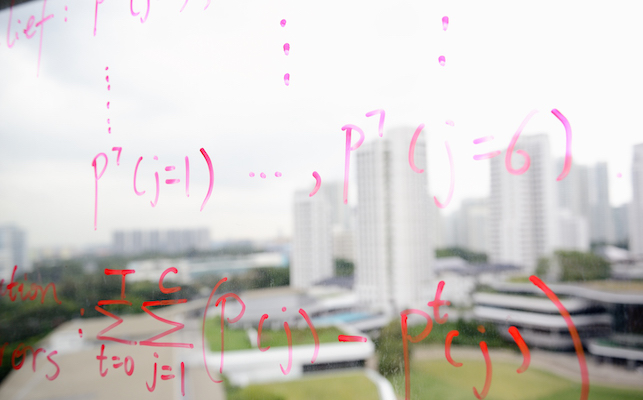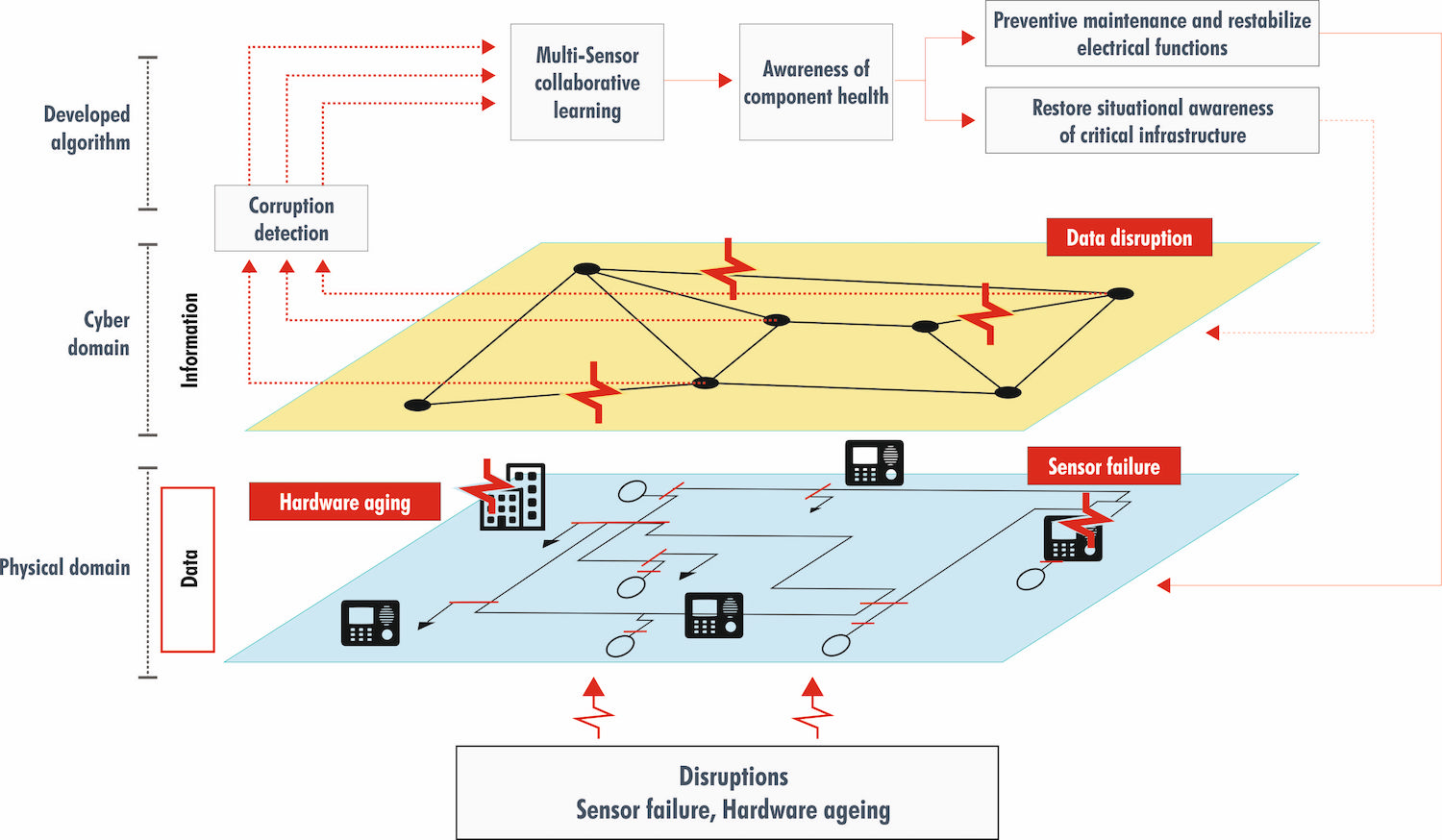Data Network Resilience in Cyber-Physical Systems

Making data networks of cyber-physical systems more resilient to data corruption and system disruption through cyber and structural monitoring
Through the deployment of advanced sensors, cyber-physical systems are capable of gathering, distributing and sharing data, allowing them to be monitored and assessed as a system as a whole, as well as at the level of its individual components.
At the system level, the condition of the system can be monitored in real-time through sensor data, which can be translated into information that could determine actions to be taken. Therefore, faults can be detected and rectified at an early stage, rendering the device more robust to external shocks and also mitigating the negative impacts of faults on the system.
The key to detecting abnormalities in cyber-physical systems is the correlation and cross-verification of reports sent from sensors. This can be used to develop algorithms to detect data corruption efficiently in the cyber level.
Data from sensors throughout the system can provide means to detect and eliminate fault conditions within the system, and also to determine local control decisions based on an optimal control modelling approach. Collaborative learning based on data from these devices could provide important insights to derive an accurate estimate of the condition of all components of the system.

Expected outcomes
- Online algorithms on cyber-physical systems for collaborative learning
- Optimisation models for maintenance scheduling
- State-space representation to model the power grid under the condition of data corruption
- Distributed monitoring framework that is resilient to data corruption
